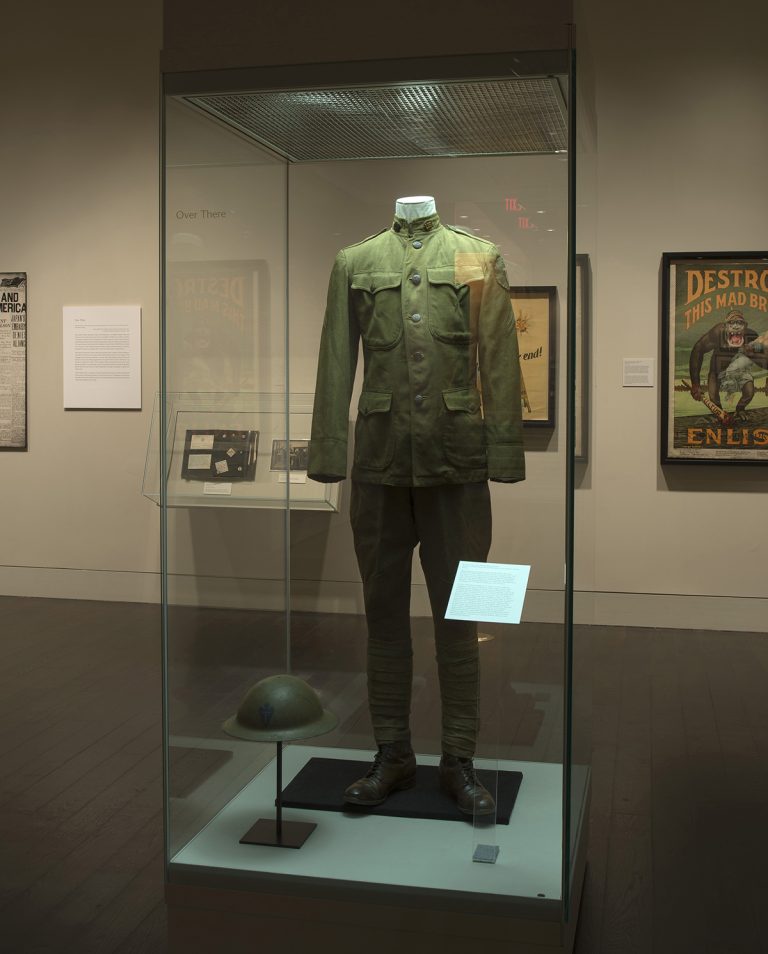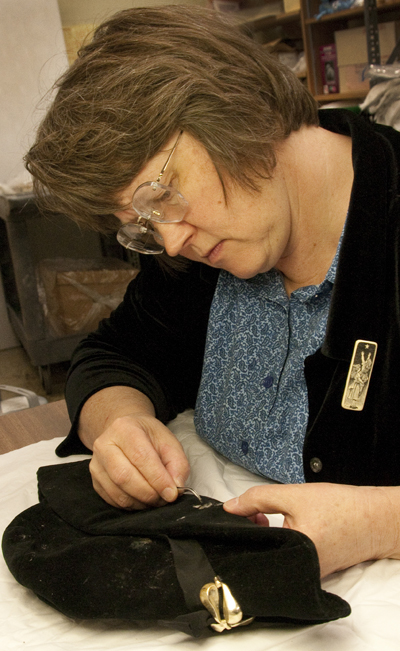Presenting a costume or historical clothing on a mannequin may seem deceptively simple at first glance. Yet there is rarely an instance of a mannequin, standardized or made-to-measure, that is ready to use “out-of-the-box.” Each area of the body—shoulders, torso, arms, legs, and feet—must be customized and often requires several… read more
Mary Baughman
Bugs, Mold, and Conservation
Mary Baughman, a Harry Ransom Center book conservator, hunts bugs. When she discovers them in materials at the Center, she destroys them, typically with a 72-hour stint in a freezer at 20 degrees centigrade or below. But don’t ask Baughman which of the cellulose-munching bugs she wishes didn’t exist at… read more



